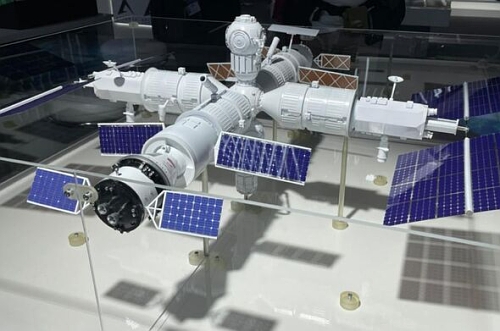August 15, 2022 Quick space links
From Jay, BtB’s stringer:
- Chinese pseudo-company AAEngine reveals its resuable first stage engine
As Jay notes, it looks like an obvious knockoff of SpaceX’s Merlin engine.
- SLS to roll out to the launchpad beginning tomorrow
- Army hands over satellite operations to Space Force
The army however will continue to build instruments and payloads for satellites, as well as continue to maintain its 1st Space Brigade, which monitors satellite data and health during military deployments.
- Virgin Orbit reduces its launch prediction for ’22, while saying it will garner more revenue
- Chinese pseudo company SpaceTai claims it will launch its new rocket by ’24
From Jay, BtB’s stringer:
- Chinese pseudo-company AAEngine reveals its resuable first stage engine
- SLS to roll out to the launchpad beginning tomorrow
- Army hands over satellite operations to Space Force
- Virgin Orbit reduces its launch prediction for ’22, while saying it will garner more revenue
- Chinese pseudo company SpaceTai claims it will launch its new rocket by ’24
As Jay notes, it looks like an obvious knockoff of SpaceX’s Merlin engine.
The army however will continue to build instruments and payloads for satellites, as well as continue to maintain its 1st Space Brigade, which monitors satellite data and health during military deployments.


